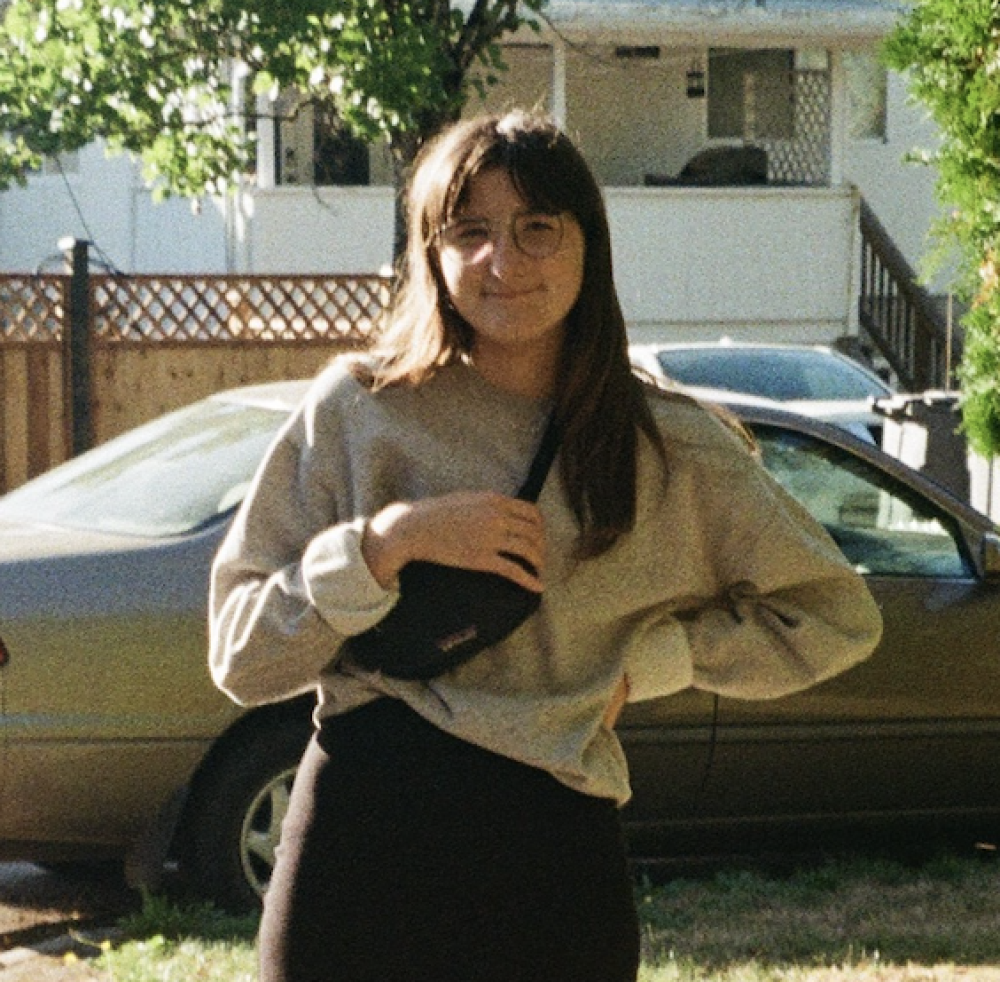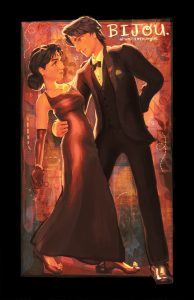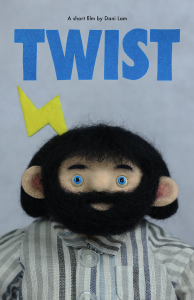RS Monostitch
Ryen Stewart
See it On Campus: Level 2
Visitor Info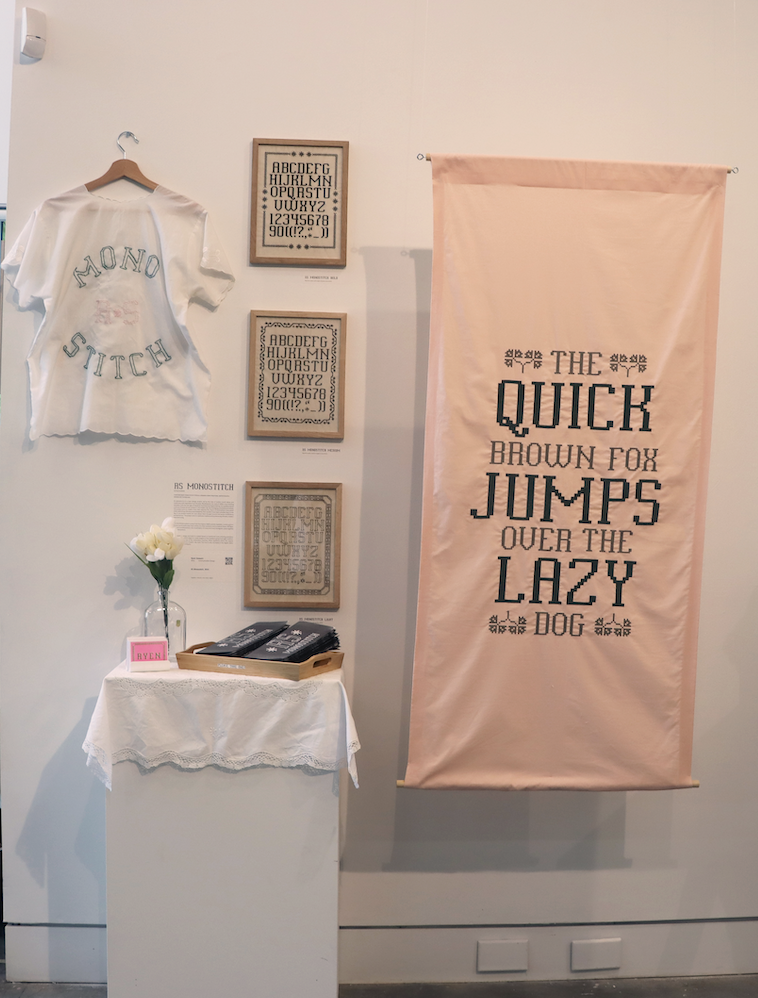
THE AVERAGE PERSON STITCHES LESS THAN 100 STITCHES PER HOUR AN EMBROIDERY MACHINE CAN STITCH ABOUT 600 STITCHES PER MINUTE
RS Monostitch is a type design project, led by the idea of modern world values and machinery, with inspiration from the past. Blending both the style of 1800s cross-stitching samplers, with the new age of industrial machines and digital editing, the typeface paints a picture of what we can achieve in the modern day. By leveraging automated processes, this project aims to create a font that captures the charm of handcrafted cross-stitch while optimizing efficiency and scalability that wouldn’t have been possible back in the day. In our modern world, our core values have changed around this sense of efficiency and perfection. The project aims to celebrate tradition while embracing efficient, modern manufacturing.
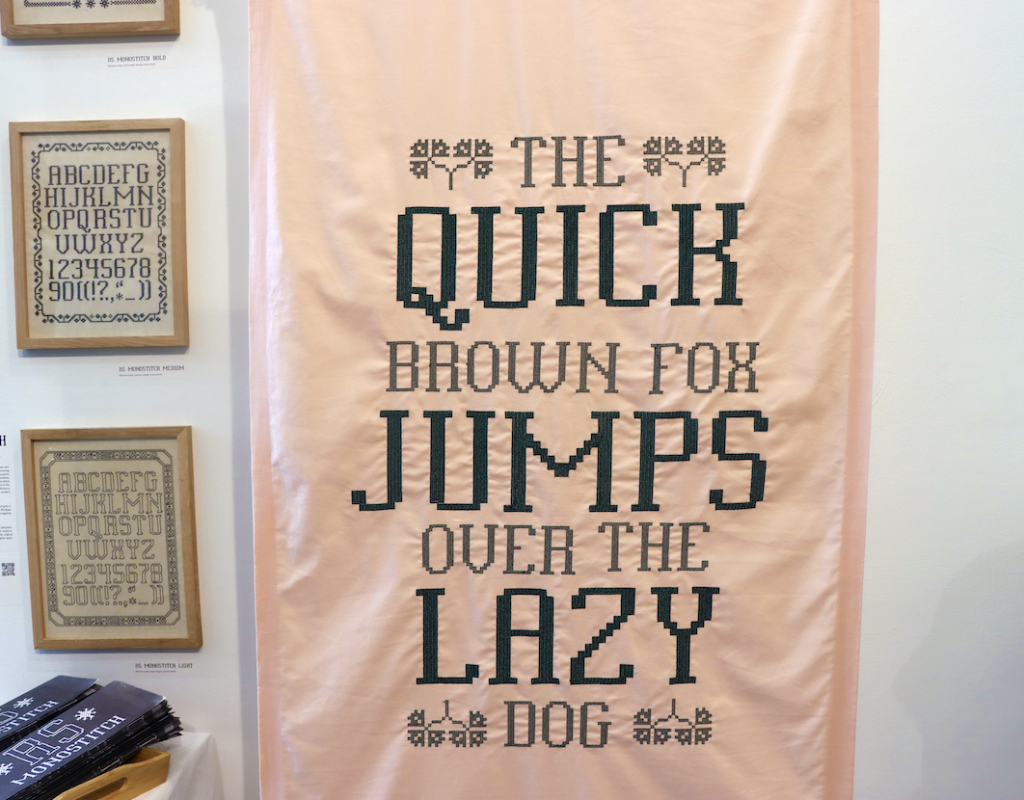
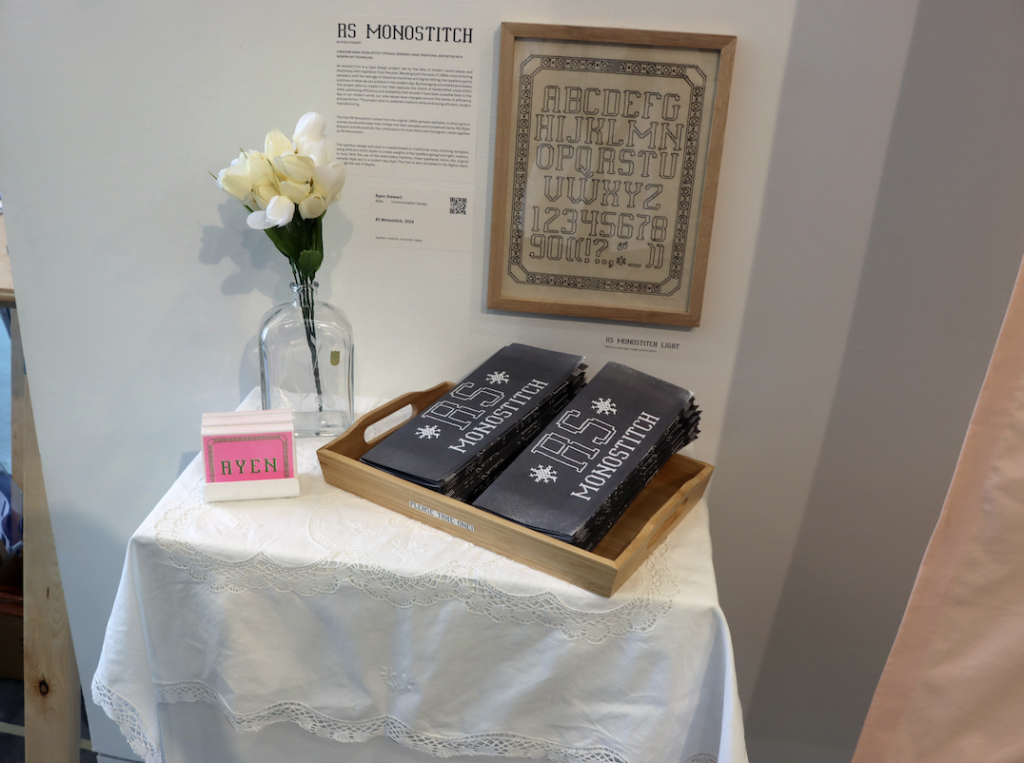
The space emulates a household setting, with household decor including a table cloth, frames, and a glass vase with a plant. In this way, it speaks to the history of cross-stitching samplers being used as a tool to decorate and learn household skills. The household space has a modern feel in reference to the typeface being created with modern technology.
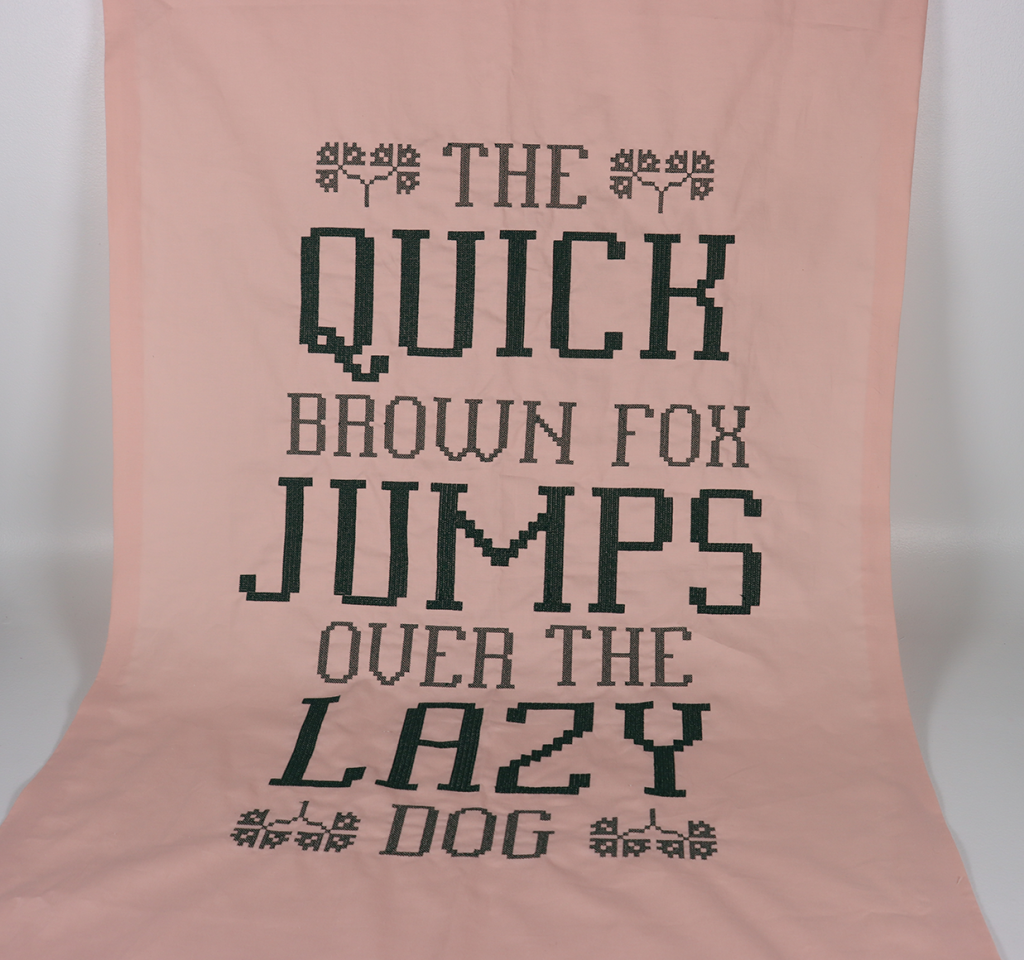
ABOUT 189,000 STITCHES WERE MADE TO CREATE THIS TYPE SPECIMEN BANNER
“The Quick Brown Fox Jumps Over the Lazy Dog” Banner took about four days of prepping and stitching to create. The statement comes from the classic pangram, used to display all of the letters of a typeface. The entire statement was tiled up into sections as the hoop size could only fit a few letters, with the bold letters using the double cross-stitch taking the longest.
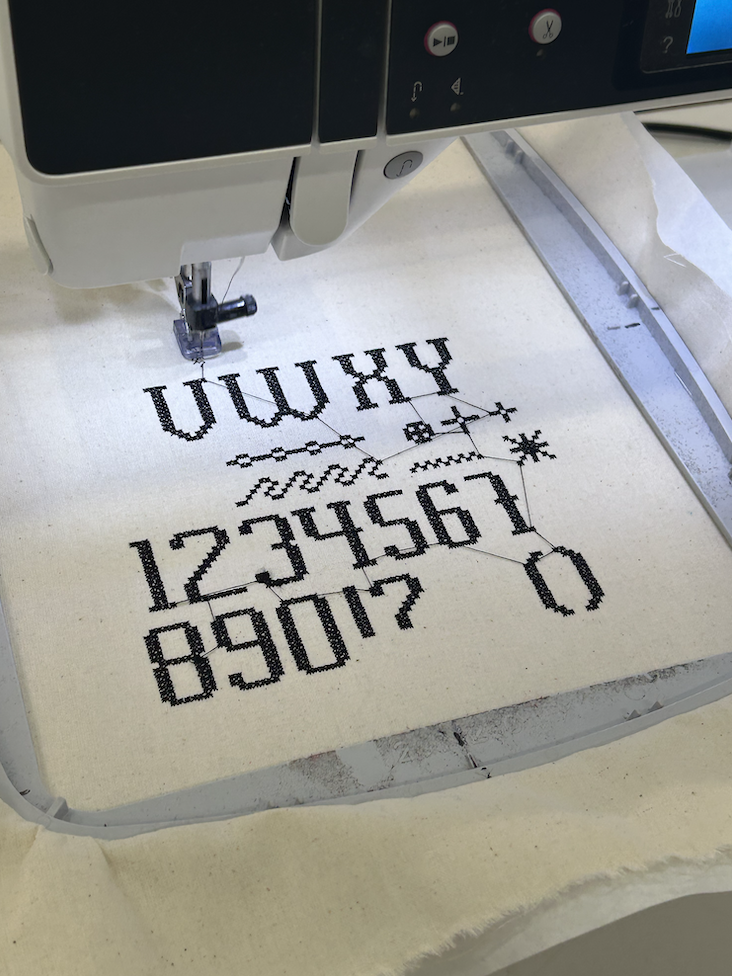
EMBIRD HASN’T BEEN USED IN ABOUT SIX YEARS AT EMILY CARR UNIVERSITY
THE PROCESS
The process for RS Monostitch was through trial and error, as the program for cross-stitching, Embird, hasn’t been used by anyone at the school in over six years. I was able to work alongside Jen Hiebert, to figure out together how the program operates, and what styles it can create. We went through many different letterforms, styles of stitch, sizes of stitch, different files types, and much more to get the right look for the final typeface design.
The typeface began as a pixel typeface, in order to emulate how the crosses would be stitched. Through process of elimination, the best way to create a typeface with Embird was to have a Photoshop file and go pixel by pixel to create the designs. When converting the file into the program, the resolution could alter the outcome of the design, by working with pixels it became a solid letterform that could be easily transferred over to Embird.
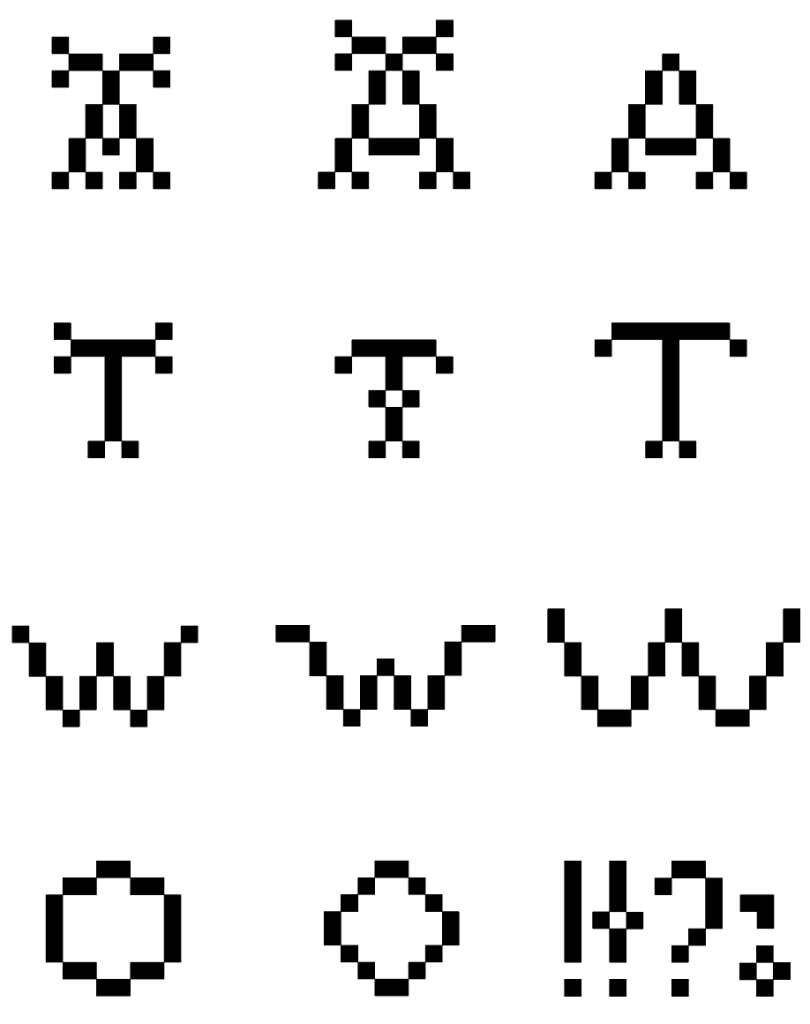
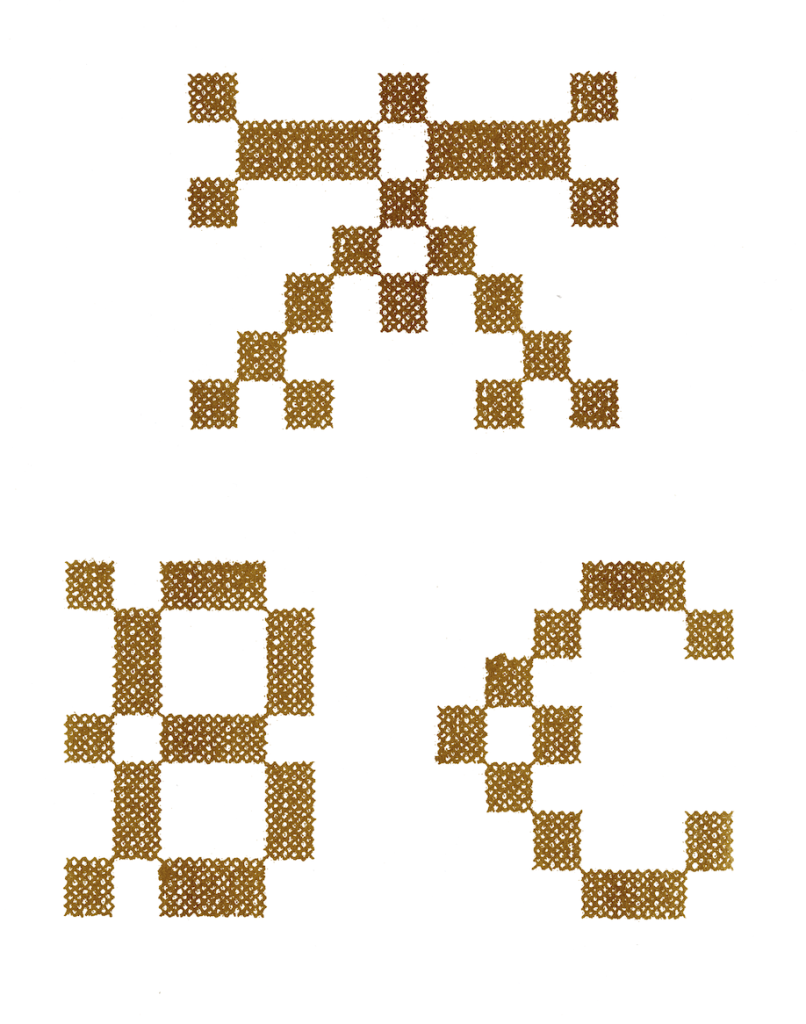
In the beginning, I decided to test out the classic letterforms used on cross-stitching samplers. I went through different sizes and colours of the letters in order to get an idea of what I wanted to achieve aesthetically. On the left, I have the letters A, B, and C, taken from the samplers. After showing many classmates, it was decided that many of the old style of letters weren’t legible. I decided from there that I would recreate these forms into a modern, legible version.
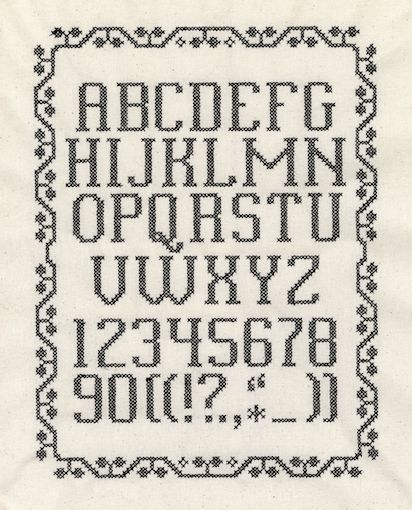
THE TYPEFACE
RS Monostitch went through multiple designs and tests before the final design was created. The type family has three weights: bold, medium, and light. Each weight is based on the stitch style used by the machine, and has a decorative border matching the stitch style. The styles of the borders and stitches are based on the 1800s samplers.
On the left, RS MONOSTITCH Medium weight is shown. The border is a classic style of the cross-stitching samplers.
Each typeface took about an hour to complete with the embroidery machine. With thousands of stitches to create each one, it would take days to create just one of the three styles by hand.
On the right, RS MONOSTITCH Light weight is shown. Border is created based on the outline style.
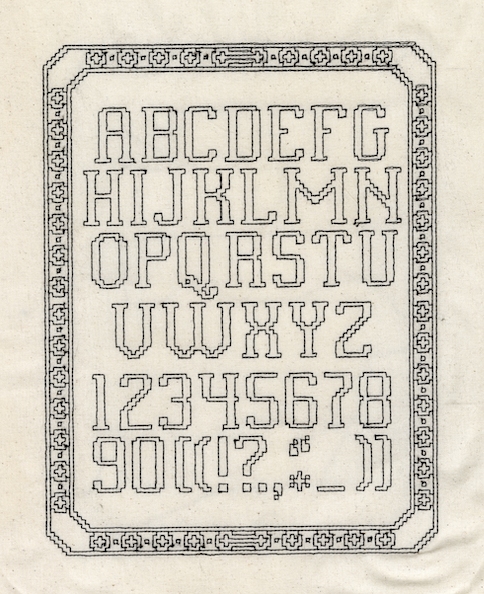
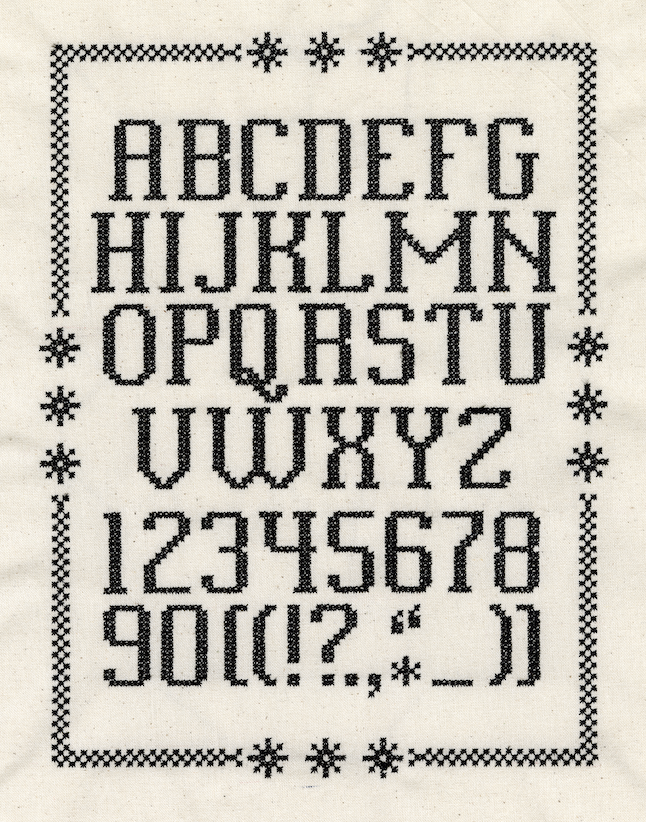
In the end, each of the typefaces has a border that matches the stitch style used to create them. I based these designs from the cross-stitching samplers that often had decorative borders.
On the left, RS MONOSTITCH Bold weight is shown. Border is created based on the star-looking style of cross-stitch.
RS Monostitch comes with a type specimen that briefly explains the typeface’s origin, the process, and the stitches used to create the design. A small poster is also included on the back with RS Monostitch in light weight. The prints were created using a risograph printer.
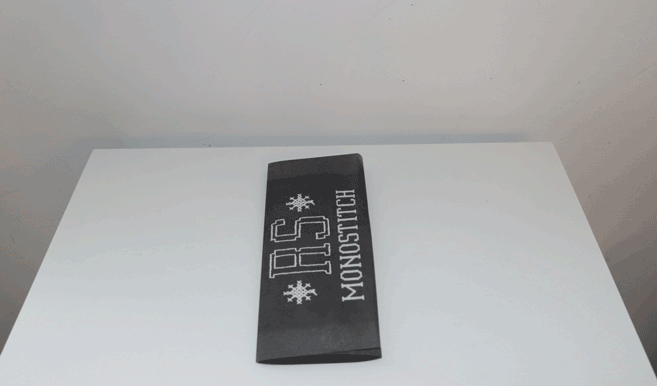
Special thanks to Jen Hiebert and Leo Vicenti for their support with the design of this project
